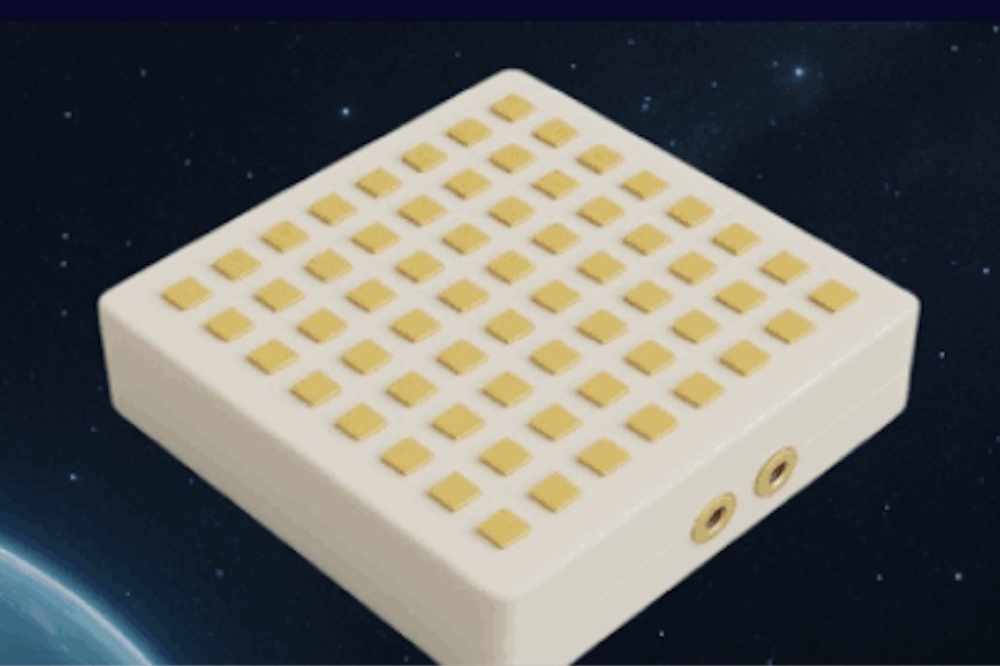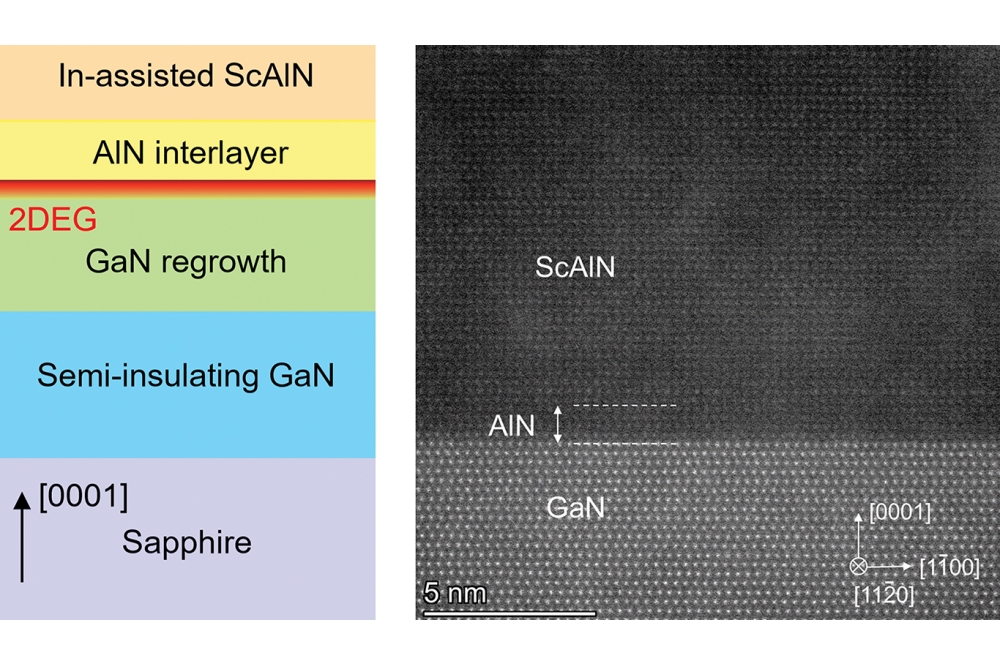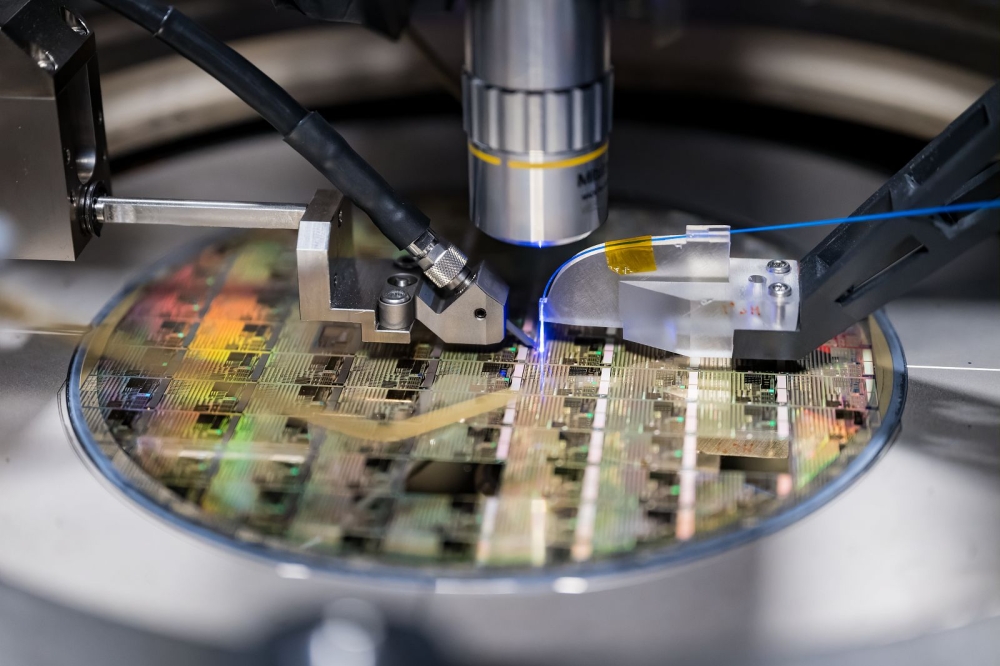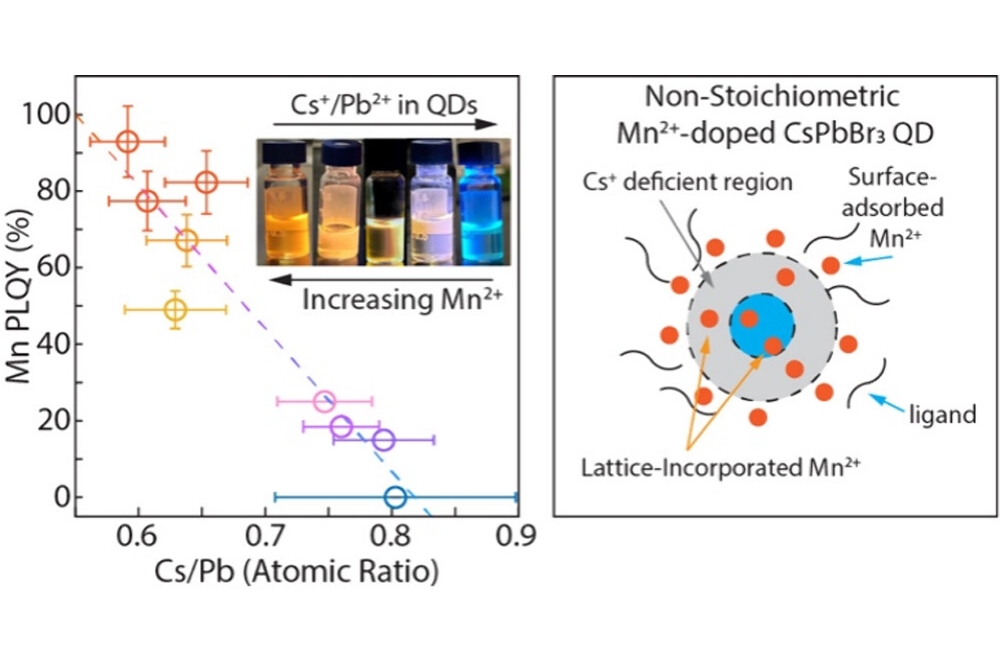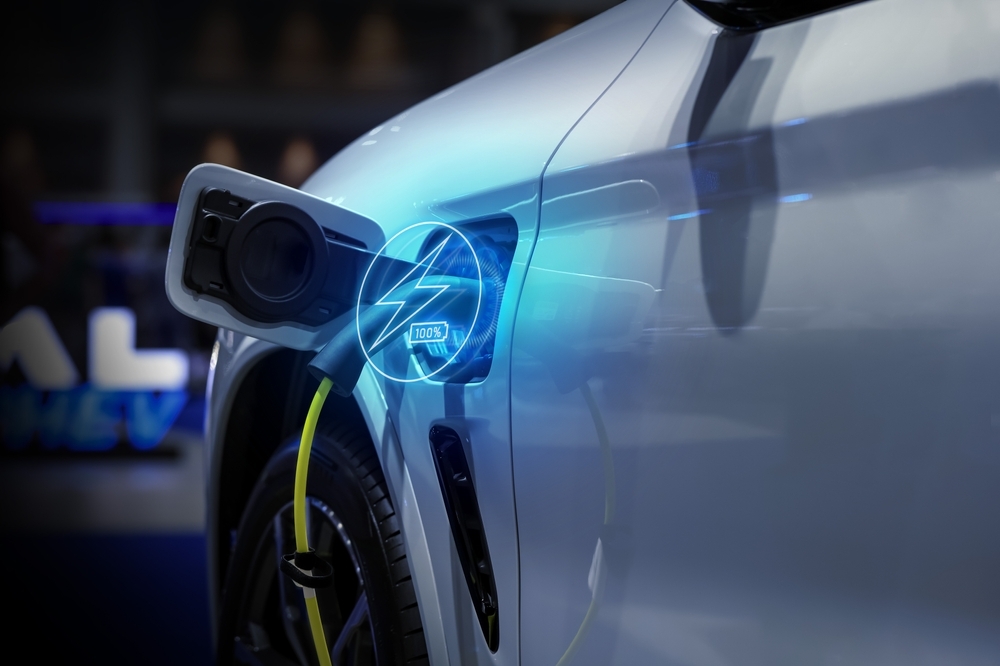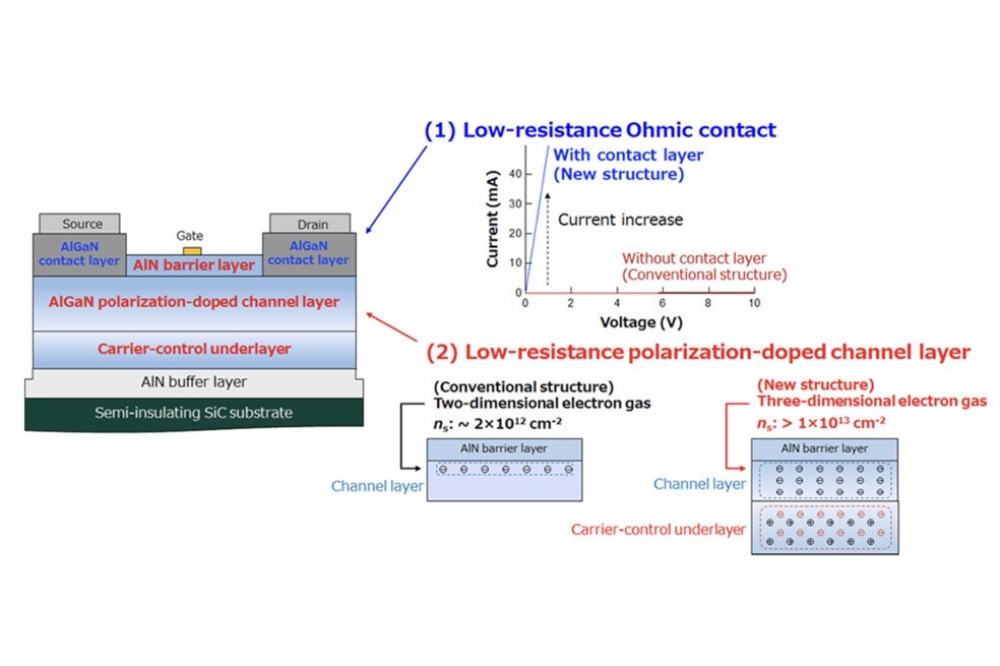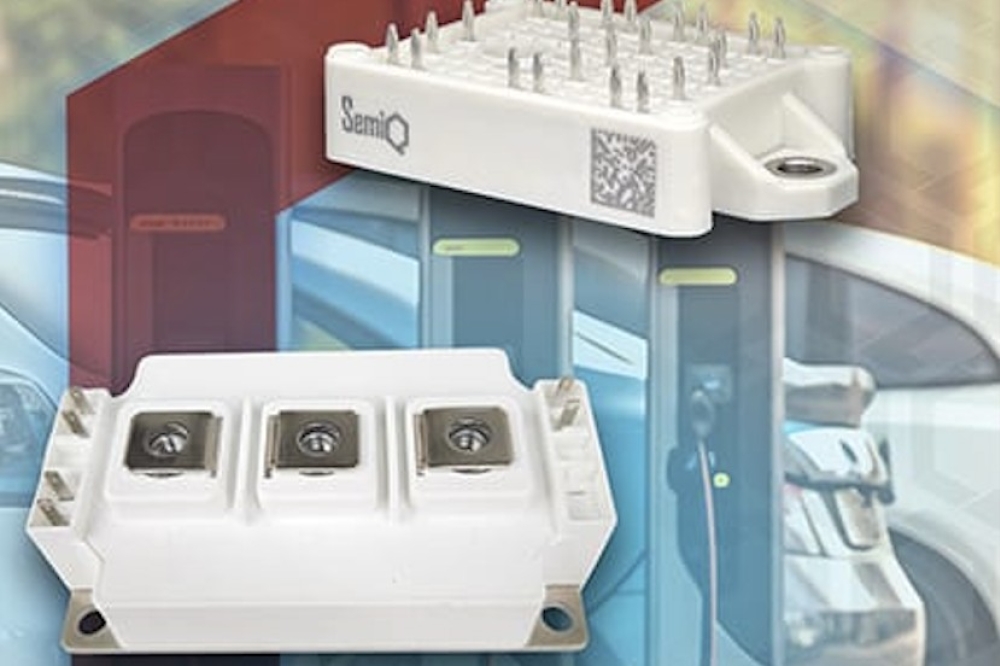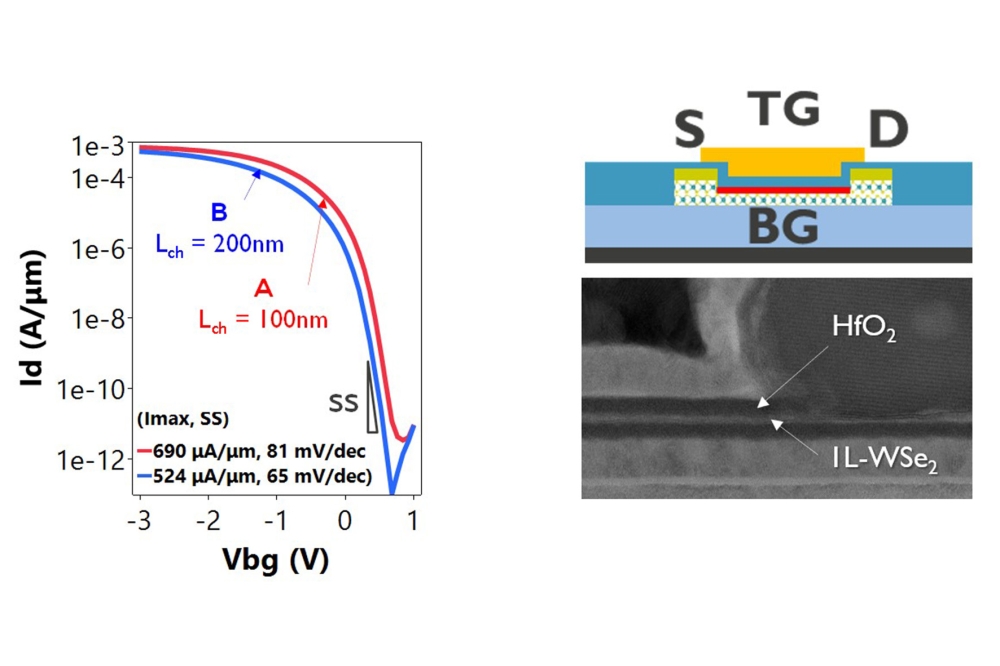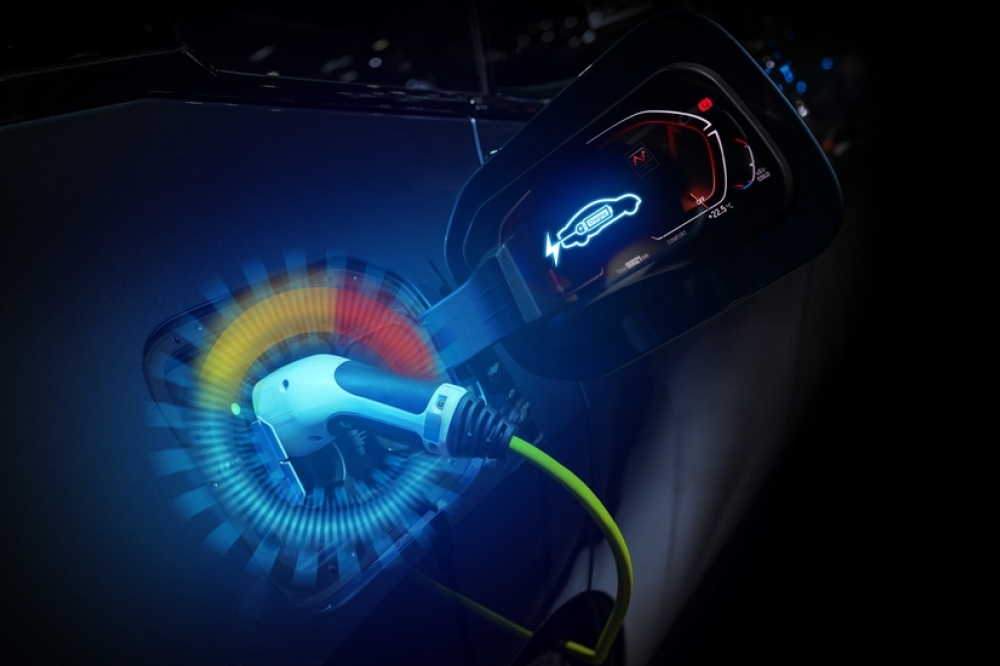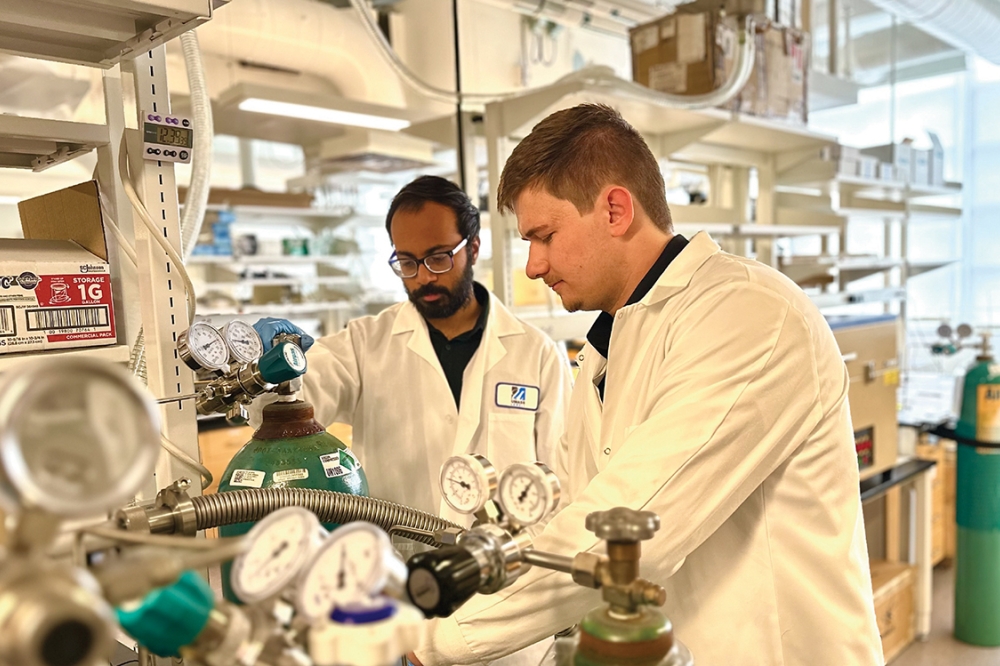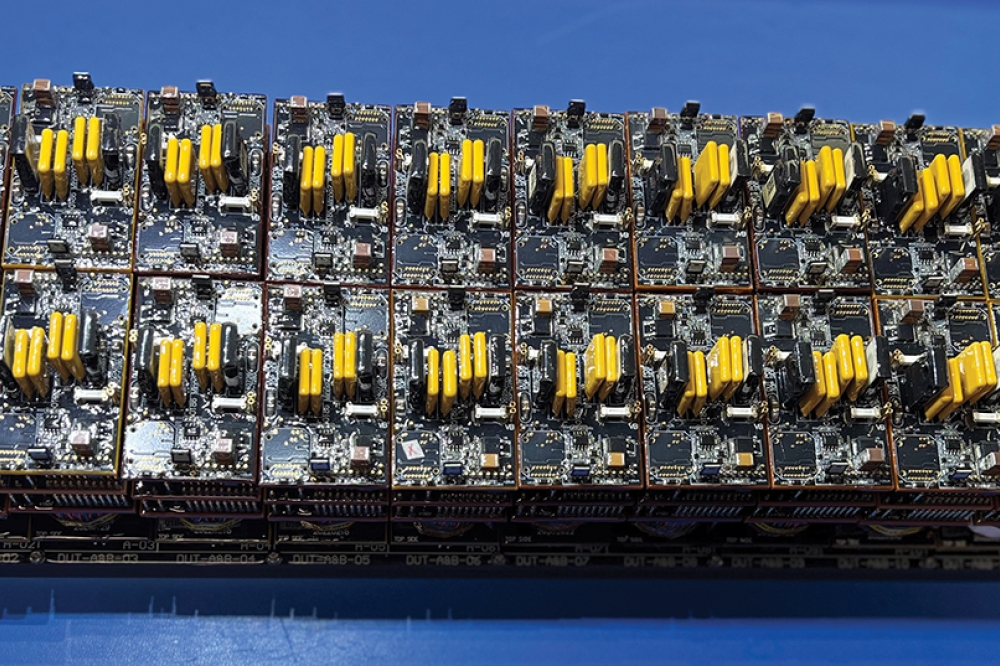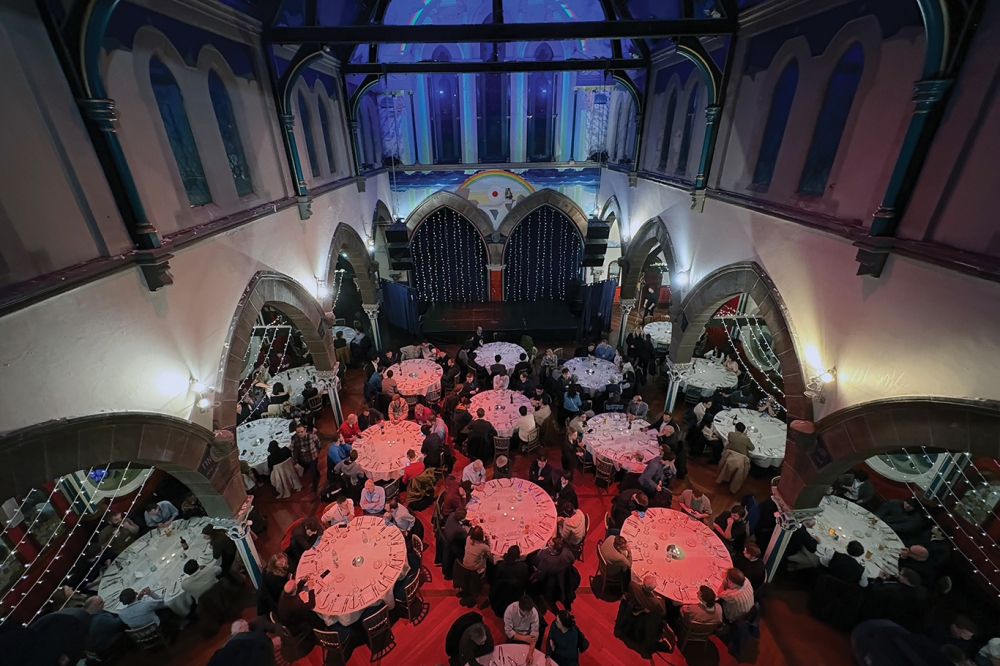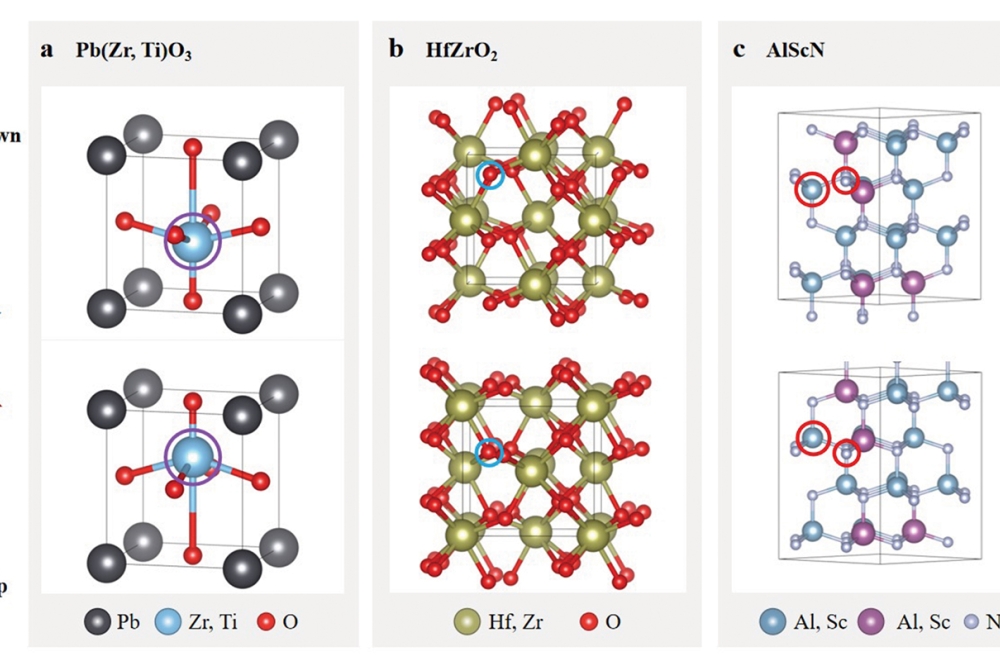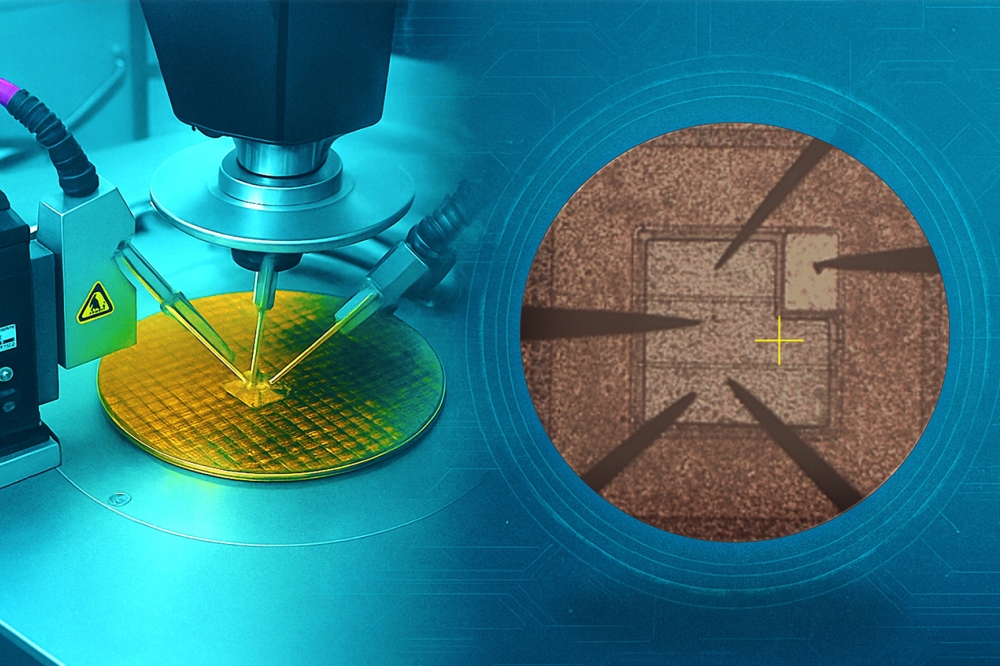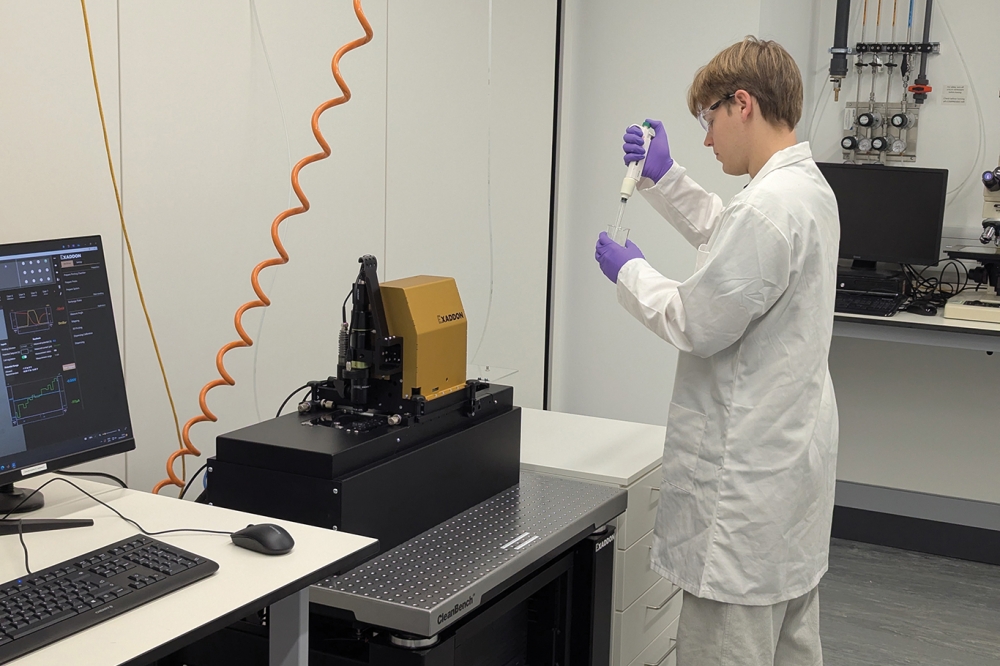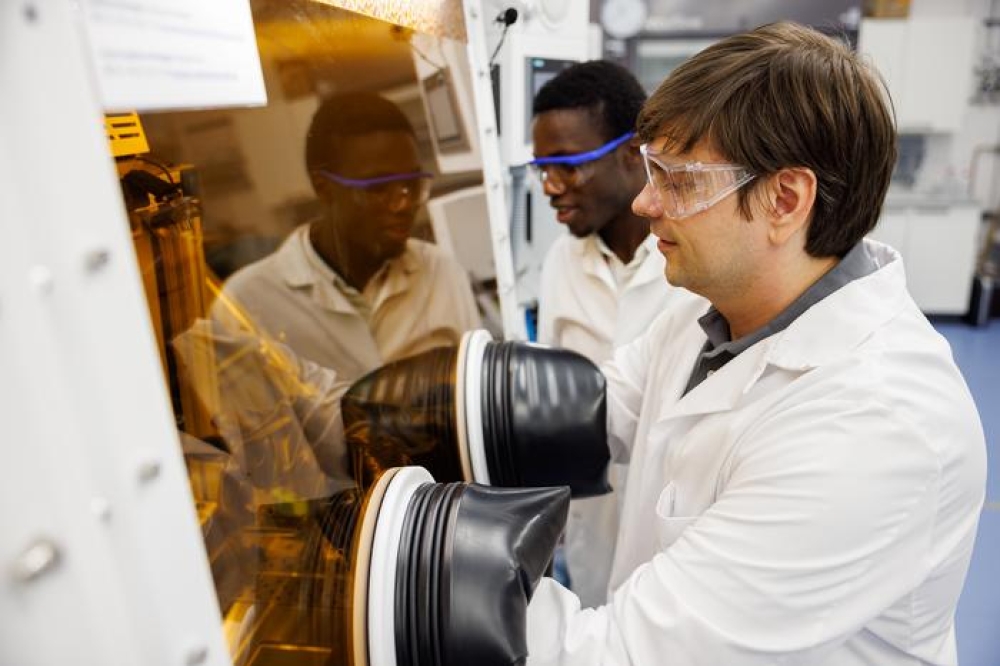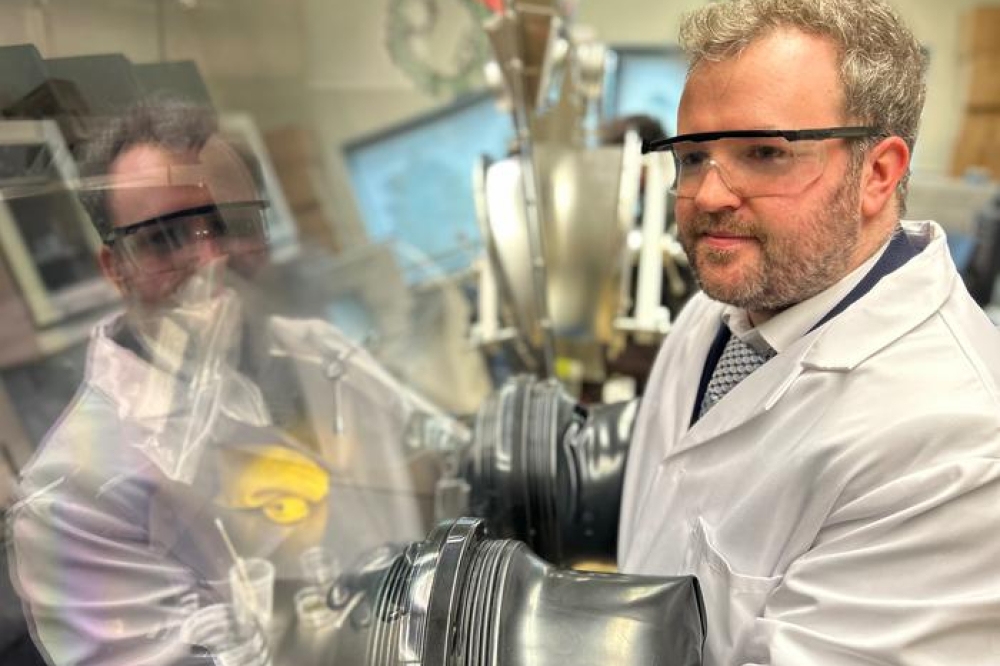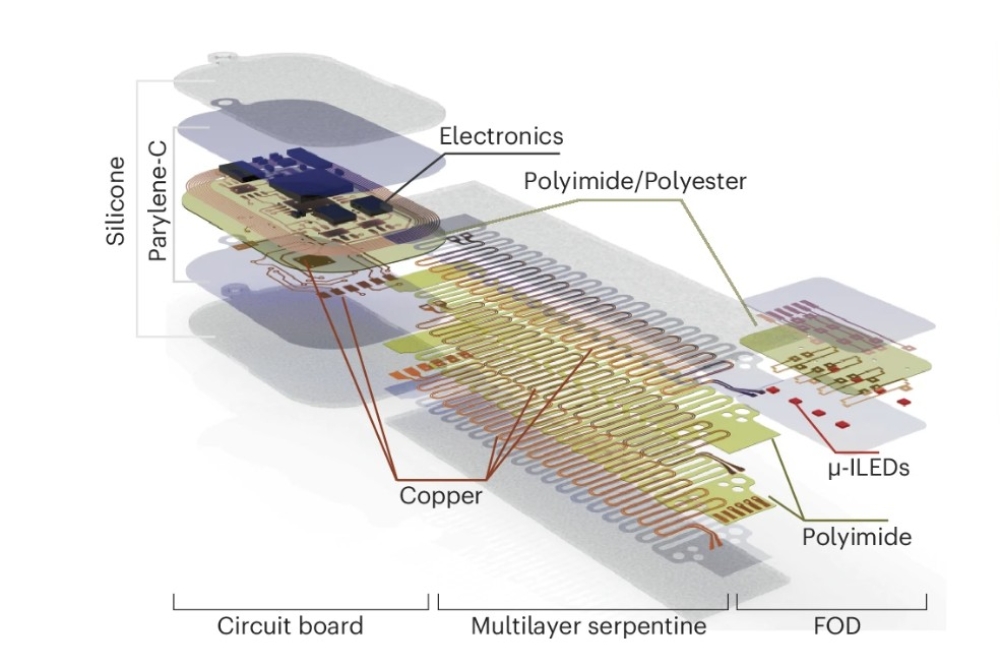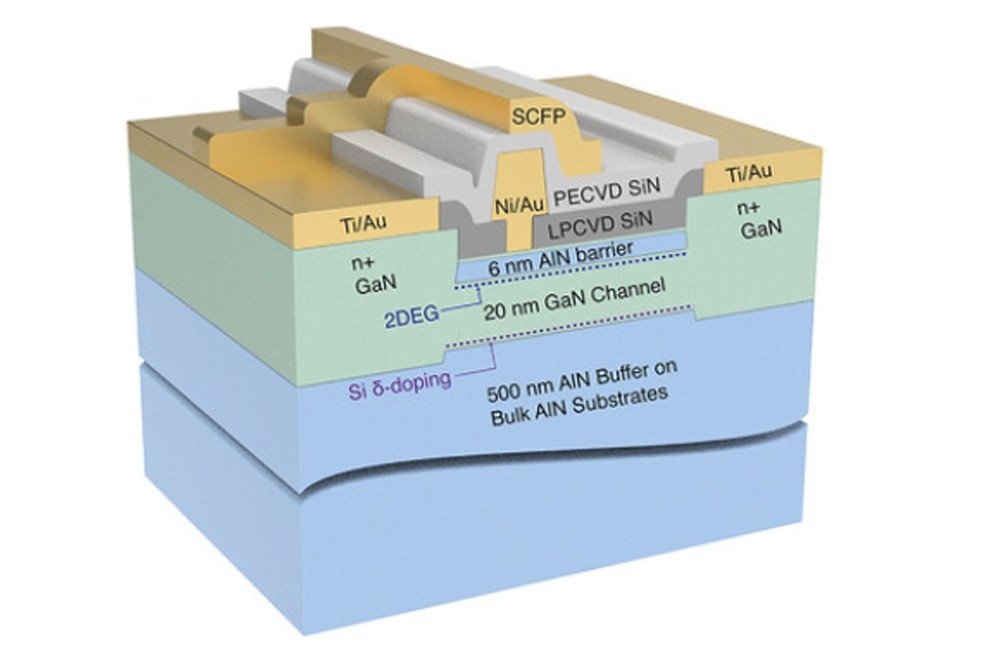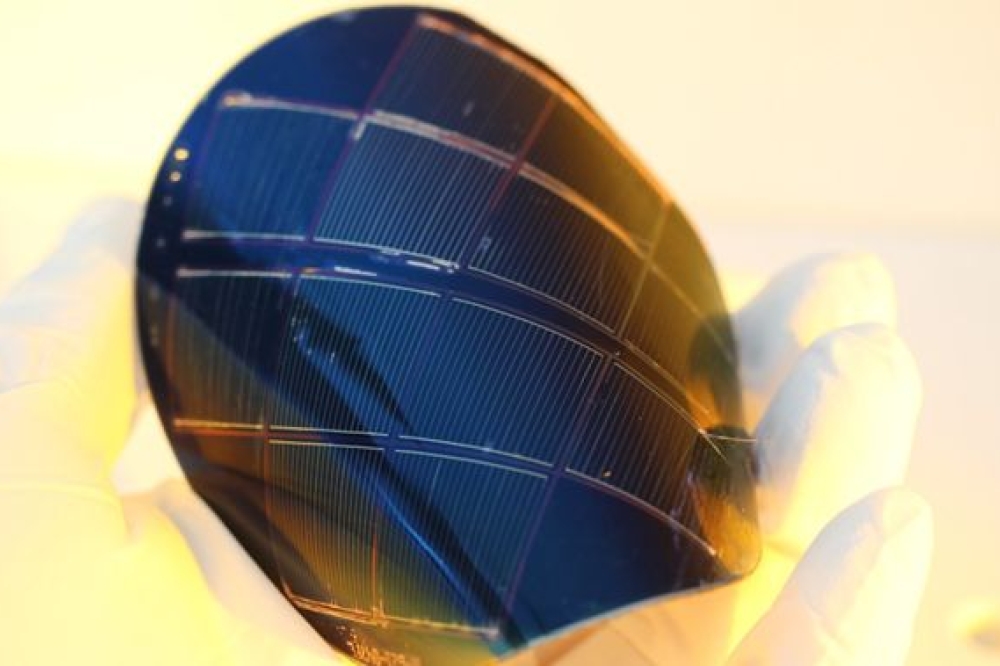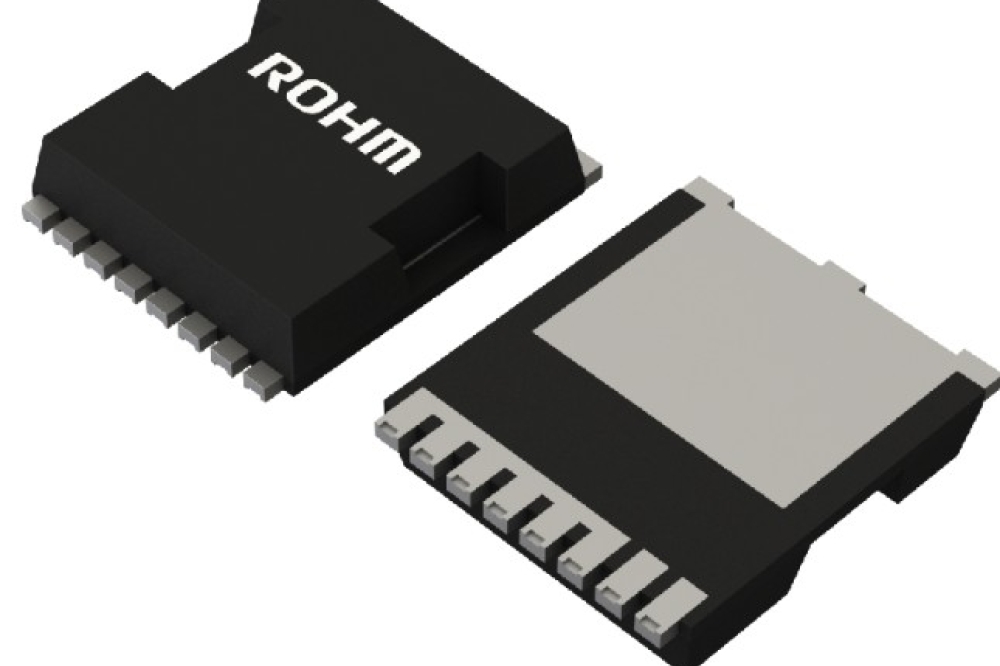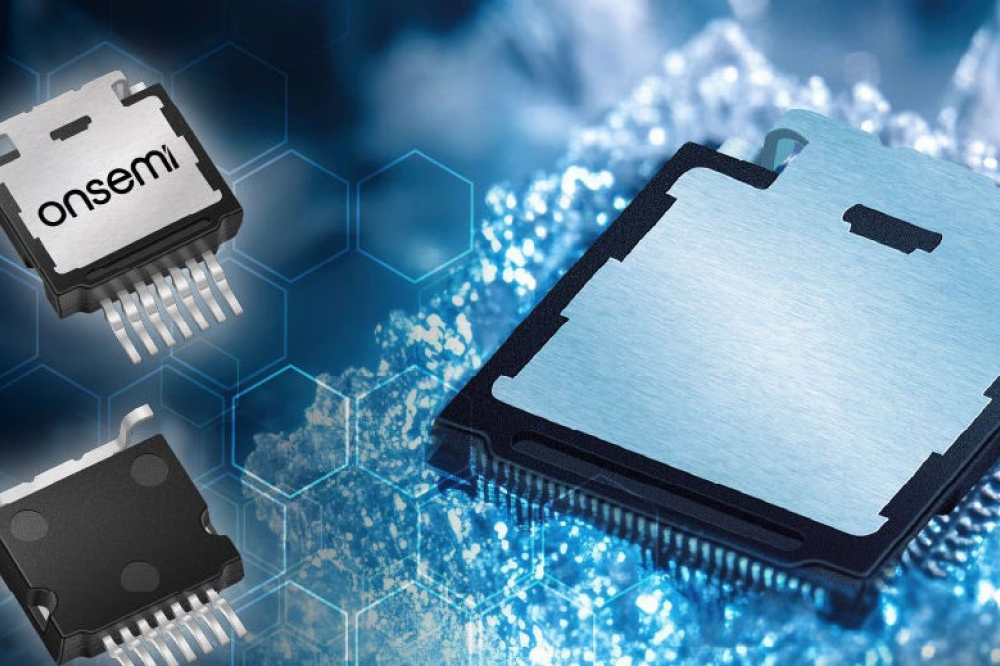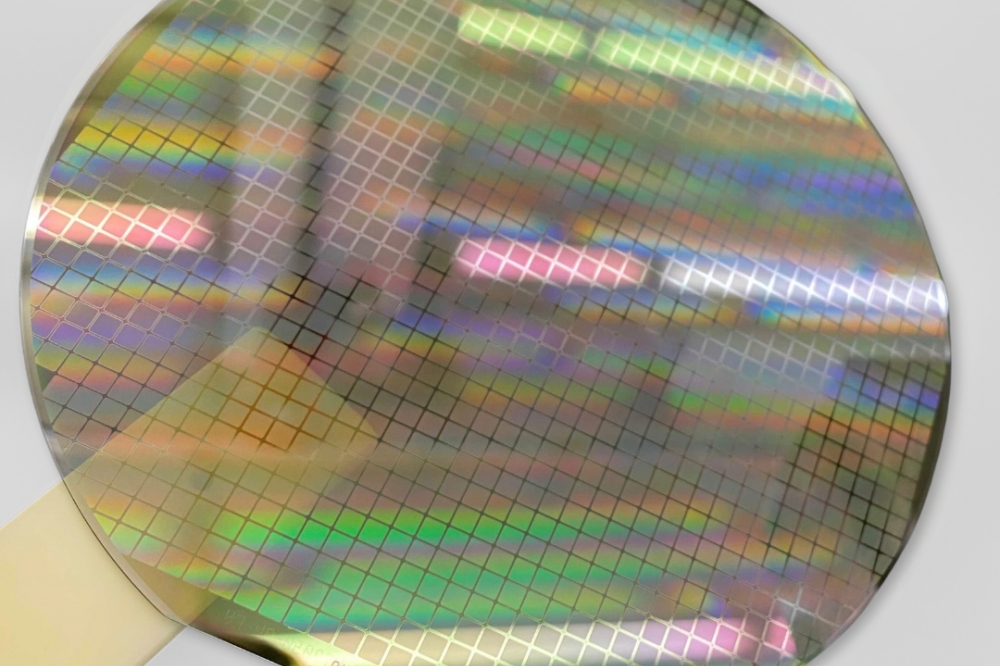InP removal sharpens airplane vision
An elegant innovation in XenICs infra-red detectors looks likely to solve a surprising problem emerging from the switch to LED technology in runway lighting.
The standard IR cameras that the Belgian company makes can be used by aircraft in enhanced vision systems, to navigate in the dark, for example. However, LEDs have narrow emission spectra meaning that they produce less IR light for the cameras to detect.
Therefore, the 400-1700 nm InGaAs detectors that XenICs was promoting at the recent Photonics West conference offer an ideal means to keep aircraft landing safely through the LED revolution.
Previously XenICs detectors were unable to detect visible and near-IR light, because the InP epiwafer substrate would absorb light with wavelengths below 900 nm.
To remedy that, the company has found a way to remove those substrates and narrow the chips down from 125 µm to just 5 µm thick.
To confidently remove the substrate without affecting the InGaAs detector, XenICs introduced InGaAsP etch-stops to the epitaxial structure. HCl wet etching removes InP selectively so, according to the firm, “we remove the substrate with HCl and it stops perfectly on InGaAsP”.
XenICs flip-chip assembly method combines InGaAs epiwafers containing thousands of photodetector diodes with the silicon CMOS IC that translates the detector readout for the more conventional camera electronics.
“This is a critical step,” said Raf Vandersmissen, who's responsible for technical sales at XenICs. “The substrate removal is done afterwards, so you risk destroying your sophisticated detector. It s not something that you do unless there is really some interest in it.”
As a small, vertically integrated business, XenICs buys epiwafers from suppliers in Asia, makes InGaAs detectors and then builds cameras based upon these and externally sourced InSb detectors.
The cameras sell for over €10000 each, and over €100000 for its latest, fastest, Cheetah range. In 2007 XenICs sold around 200 cameras, including more than 150 that use InGaAs detectors.

